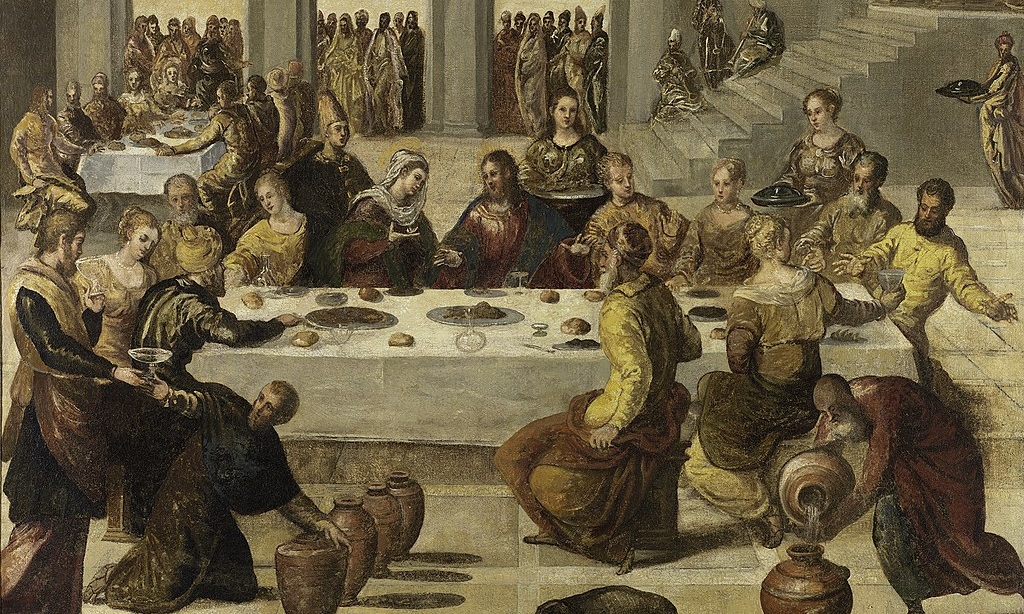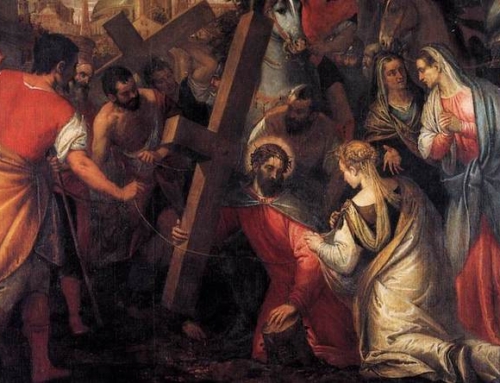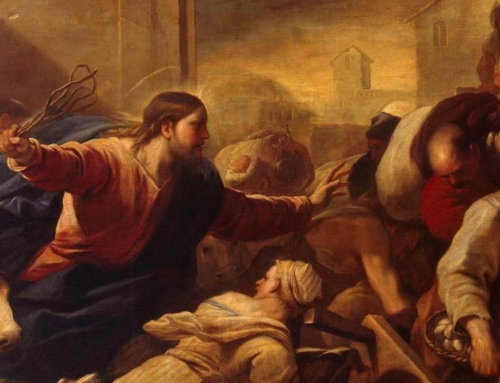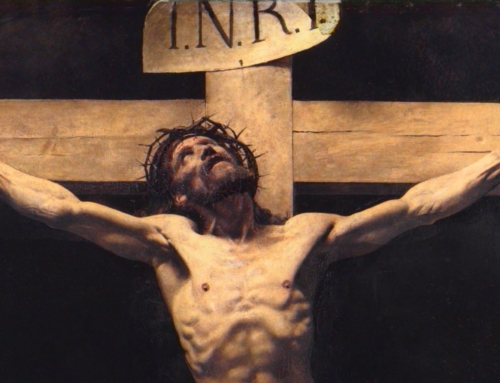2021 Rosary Series: The Luminous Mysteries
To commemorate the 450th anniversary of the Battle of Lepanto, we wish once again to promote this powerful devotion. This month, each Friday post will be dedicated to one of the Rosary’s four sets of mysteries in the hope that they will bear fruit for those who practice this beautiful devotion.
I’ll be honest up front: there can be debate within Dominican ranks regarding the status of the Luminous Mysteries. Should Pope St. John Paul II have “changed” the Rosary by adding mysteries?
Objections: (1) For centuries, the Rosary has consisted of 150 Hail Marys (ten for each of the fifteen mysteries). This number corresponds to the number of Psalms. Thus, many have called the Rosary the “Marian Psalter.” The addition of five mysteries makes the number of Hail Marys exceed the number of Psalms, which is unfitting. (2) To pray the Rosary is to contemplate Jesus through the eyes of Mary. But Mary rarely appears in the Luminous Mysteries. (3) Dominican friars, sisters, and nuns wear a Rosary on their belts. The additional beads make the Rosary too long and unmanageable.
On the other hand, in June of 1917, Our Lady appeared to three children at Fatima and asked them to add a prayer after every decade of the Rosary. “Oh my Jesus, forgive us our sins . . . . ” It seems then that the Rosary can be changed for the good of the Church.
I answer that, it was eminently fitting that the saintly pope should add five mysteries to the Rosary, and for three reasons.
First, Our Lady presented the Rosary to the Church by way of her servant, Saint Dominic. For this reason, the Rosary has been associated with and promoted by the Order of Friars Preachers. Among the sons of Dominic, Saint Thomas Aquinas stands out as the Order’s greatest theologian. In his Summa Theologiae, he devotes 33 questions to the mysteries of Our Savior’s life, and he divides these mysteries into four groups: those relating to his coming into the world, to the course of his life in the world, to his departure from this world, and to his exaltation after this life. With the addition of five mysteries that correspond to the course of Christ’s life on earth, the Rosary now better reflects the theology of Saint Thomas and, therefore, the Dominican Order as a whole.
Second, the Luminous Mysteries not only draw the mind to important moments in the earthly life of Christ, but also to the most important moments in a Christian’s earthly life: namely, his or her reception of the Sacraments. Christ’s Baptism in the Jordan reminds us of our own rebirth in Christ. The Miracle at Cana recalls the sacrament of matrimony. Christ’s Preaching of the Kingdom and call to conversion bring to mind three sacraments: confirmation, which strengthens one to witness to the Gospel; reconciliation, which follows on conversion; and anointing of the sick, which was conferred by the Apostles in their first preaching mission (Mark 6:13). The Institution of the Eucharist reminds us not only of the Eucharist, but also the sacrament of holy orders, which Christ instituted that same evening. The mystery of the Transfiguration summarizes all seven sacraments, as they are meant to transform us by grace unto eternal glory.
Third, in recent centuries, certain false teachers have obscured the truth of Christ’s earthly life. So-called rationalists began to question the miracles performed by Christ, and even his entire life as recounted in the Gospels. The Luminous Mysteries combat such erroneous thinking by drawing Christian minds and hearts to the central mysteries of Our Lord’s earthly ministry—the revelations of his divine sonship at his baptism, his divine power in the first of his signs, his reign in his preaching of the Kingdom, his future glory in the Transfiguration, and his Real Presence in the Holy Eucharist.
To the above objections, it could be said that: (1) While no one may add to the number of Psalms since the Psalms are a part of Scripture, Hail Marys may be added to the Rosary, even as most Catholics add three to the beginning of the Rosary for an increase in faith, hope, and love. (2) Our Lady delights in nothing more than drawing our attention to her Son. Hence, her counsel in the second mystery—“Do whatever he tells you” (John 2:5)—forms the Marian foundation of all the “mysteries of light’” (Rosarium Virginis Mariae 21). (3) Sartorial concerns should not determine the devotional life of the Church; just the opposite. Furthermore, nothing prohibits the use of a traditional fifteen-decade Rosary for religious attire.
✠
Image: Tintorreto, The Wedding Feast at Cana (CC BY-SA 4.0)







